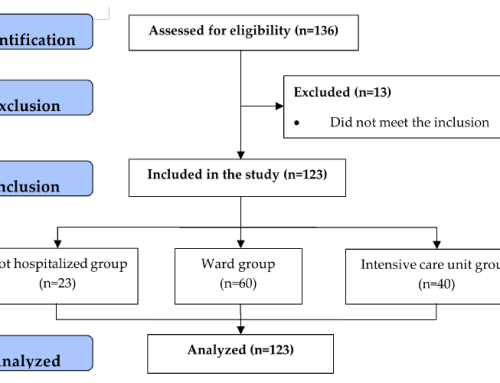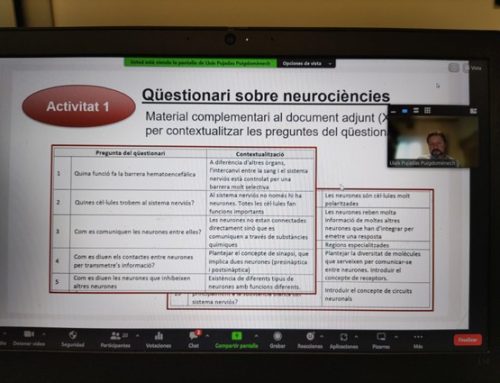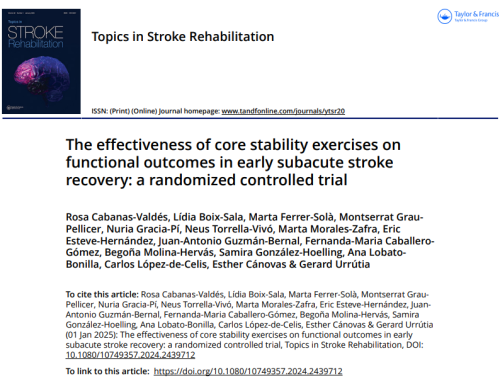ARTICLE. Solé Casals M, Chirveches-Pérez E, Puigoriol Juvanteny E, Nubó Puntí N, Chabrera Sanz C, Subirana Casacuberta M. (2018). Enfermería clínica, ISSN 1130-8621, Vol. 28, No. 6, 2018, págs. 365-374(Vol. 28). Ediciones Doyma. Retrieved from https://dialnet.unirioja.es/servlet/articulo?codigo=6661147
Abstract
Objectives To describe the profile of patients evaluated by Nurse Care Management in an Emergency Department and identify the type of alternative healthcare resource assigned and report the results of clinical practice.
Material and methods Prospective follow-up, on admission to the Emergency Department in an acute hospital and on discharge from the alternative healthcare resource, of patients assessed by Nurse Care Management, from July to December 2015. The patient characteristics, social environment and results of clinical practice were studied.
Results 190 patients were included of whom 13 were readmitted (6.8%). 122 (59.8%) cases from the Emergency Department were referred to intermediate care facilities, 71 (34.8%) cases for domiciliary care, 10 (4.9%) cases were referred to an acute care hospital and 1 (0.5%) died. Patients referred to intermediate care were more complex, presented geriatric syndromes as their reason for admission and diagnosed with dementia, while those referred to home care presented more respiratory and cardiovascular illnesses (p <0.05). The mean Barthel Index and polypharmacy before emergency admission were higher than at the time of discharge from the alternative healthcare resource (p <0.05).
Conclusions Patients presenting with advanced age, complexity, comorbidity, are referred to intermediate care facilities or domiciliary care, they are admitted to acute care hospital and are readmitted less than other patients. After being discharged from the alternative resource, they lose functional capacity and present less polypharmacy.












Leave a Reply